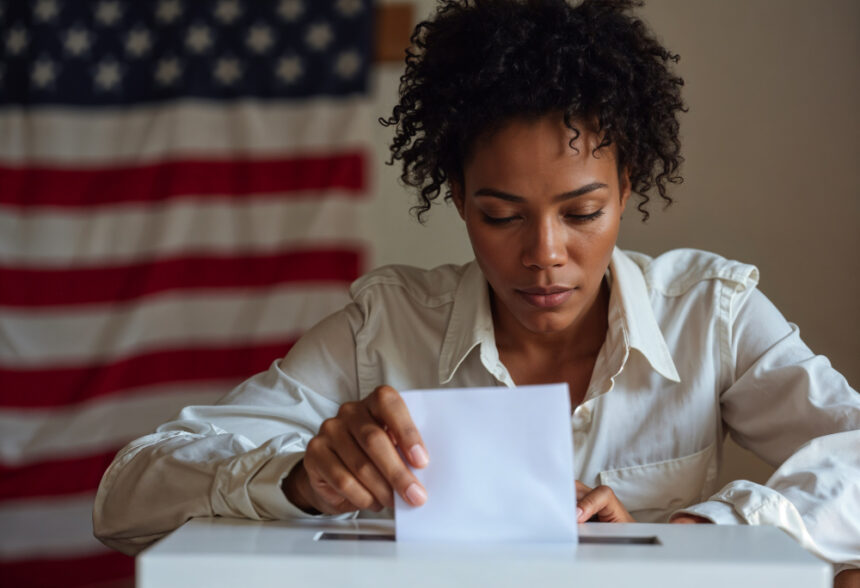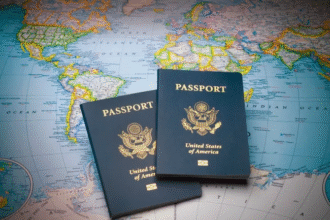Applying for a travel visa can be a nerve-racking process, especially if you’re excited about your upcoming trip and have already started browsing flights, planning itineraries, and dreaming about your destination. The last thing you want is to have your application rejected due to avoidable mistakes. For first-time travelers, the visa process can seem complicated, filled with paperwork, fees, and strict guidelines that vary from one country to another. Even a small oversight can cost you valuable time, money, and the chance to take that long-awaited journey.
Many travelers assume that once they book their flights, the rest will fall into place. Unfortunately, securing your plane ticket does not guarantee entry into your destination country. Immigration authorities are meticulous, and even a single error on your application or during the interview can lead to rejection. In this article, we’ll discuss seven of the most common mistakes rookie travelers make when applying for a visa, and how to avoid them so you can confidently step onto your flight without last-minute surprises.
1. Providing Incomplete or Incorrect Information
One of the most common reasons for visa rejection is incomplete or inaccurate information on the application form. This could be something as small as a misspelled name or as significant as omitting employment details. Visa officers verify every detail you provide, and discrepancies—no matter how minor—can raise red flags.
When booking flights, it’s essential to ensure your name and personal details match exactly as they appear in your passport. If your flight ticket name doesn’t match your travel documents, it may lead to further scrutiny during the visa process. Always double-check your application before submission.
2. Failing to Provide Proof of Financial Stability
Most countries require applicants to demonstrate that they have sufficient funds to cover their trip expenses. This helps immigration authorities feel confident that you won’t overstay your visa or become a financial burden on the host country. Bank statements, pay slips, or sponsorship letters are common documents for proving financial capability.
Even if your flights are fully paid for, the embassy still needs assurance that you can handle other expenses like accommodation, food, transportation, and emergencies. Make sure your bank records are clear, authentic, and show consistent financial stability.
3. Submitting an Unconvincing Travel Itinerary
A vague or poorly planned travel itinerary can harm your application. Many first-time travelers underestimate the importance of showing a well-thought-out plan. This means providing details of your flights, hotel bookings, activities, and any internal transportation within the country.
For instance, if your itinerary shows you have booked flights into a country but no hotel reservations or onward travel, the visa officer might suspect your travel intentions. Presenting a realistic, organized plan can greatly improve your chances of approval.
4. Not Meeting Visa Photo Requirements
It might seem trivial, but not meeting photo requirements is another common rookie error. Each embassy has strict guidelines on background color, size, facial expression, and clothing. Submitting the wrong type of photo could delay your application or even result in outright rejection.
Even though this doesn’t directly relate to booking flights, it’s part of the overall preparation. Just as you would carefully choose flight schedules to match your travel needs, you must ensure that every required document, including photographs, meets the embassy’s standards.
5. Overlooking the Importance of Travel Insurance
Some travelers see travel insurance as an optional expense, but for many countries, it’s a mandatory requirement. Even if you’ve secured your flights and accommodations, a lack of insurance coverage could hurt your visa application.
Travel insurance proves that you are prepared for unexpected events, such as medical emergencies or trip cancellations. It also reassures immigration authorities that you won’t require government assistance if something goes wrong during your stay.
6. Having an Unclear Purpose of Travel
If your purpose of travel isn’t clearly stated or supported by documentation, your visa application may be denied. For instance, if you say you’re traveling for tourism but cannot provide proof of return flights, hotel bookings, or planned activities, the visa officer might suspect other intentions.
Always ensure your flights are booked with return dates, and that your activities and accommodations align with your stated purpose. For business trips, official invitation letters and meeting schedules are crucial.
7. Applying Too Late
Visa processing times vary widely, depending on the country and season. Applying too close to your departure date is a risky move. If your visa isn’t approved in time, you might lose money on your flights and other bookings.
The best practice is to research visa requirements as soon as you decide on your destination. This gives you enough time to gather documents, submit your application, and address any issues that may arise before your scheduled flights.
Final Thoughts
Getting your visa approved is just as important as booking the perfect flights. Both require careful planning, attention to detail, and awareness of potential pitfalls. By avoiding these seven rookie mistakes—such as incomplete applications, lack of financial proof, and unclear itineraries—you can significantly increase your chances of receiving that coveted visa stamp.
With the right preparation, your flights will take you exactly where you want to go, and you’ll be able to enjoy your journey without the stress of last-minute complications. Remember, a successful trip starts long before you board the plane—it begins with a flawless visa application.









